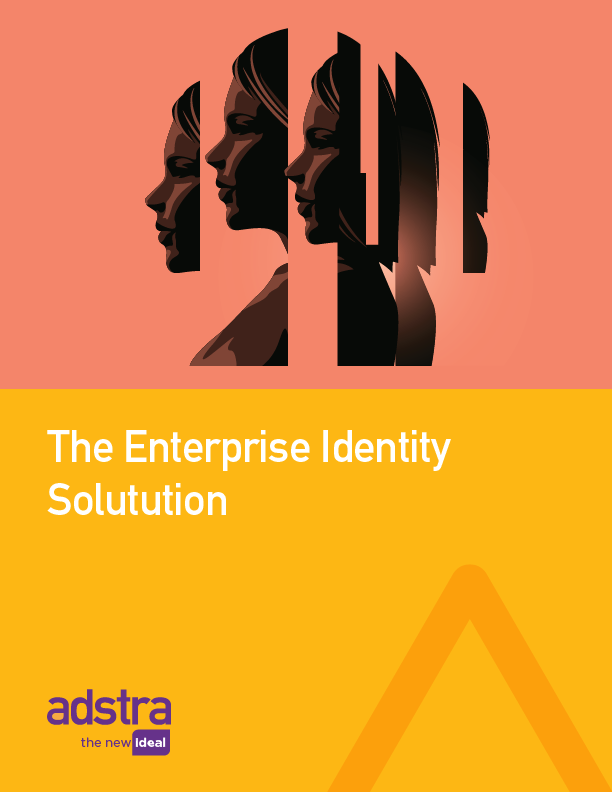By Andy Johnson, Chief Data Officer – Adstra

As AI hype and excitement sweep through the marketing and technology industries, many are posing important questions about AI’s capabilities and applications. With the advertising industry moving away from the third-party cookie in 2024, many are asking how AI might be used in identity resolution.
The good news is that AI can help. The caveat is that it will only be effective if marketers can move away from the messy current state of identity resolution.
This is because current methodology for connecting digital and terrestrial identities is quite flawed. Current identity resolution is largely based on the concept of determinism, where identities are linked with some deterministic connecter, using this connector to match the digital form of Consumer A to the terrestrial, offline person Consumer A.
The primary deterministic connector used today is a hashed email address. When a marketer sees a hashed email in some sort of digital touch point, they will run that through an identity graph. When the hashed email is cross walked with PII in a privacy-compliant manner, the brand has linked digital Consumer A to real-world Consumer A.
However, there is a major flaw: determinism isn’t always deterministic. This methodology is based on the understanding that one email address equals one person. Today, no brand can have full confidence that email is a clear deterministic identifier of a single consumer, and there are many reasons why.
Shared logins are one. I can tell you from personal experience that every one of my wife’s email addresses is connected to me in some way, and every one of mine is connected to her. Every person who has ever shared a Netflix or Spotify account login further muddies the water. It’s not a stretch to think that every email address you have, personal or business, is connected to at least five other real-world people in some fashion.
Additionally, when login IDs are shared with friends, acquaintances or even strangers, you have a situation where random people can be grouped into the same physical households because they “deterministically” connected via a single login associated with a single hashed email. As a result, one email address connected to different, unrelated individuals carries very little value in the world of ID targeting or measurement.
Then there is the issue of household email address where one or more people have moved in or moved out. This email address may be connected to a person, but that person may not be living in that household any longer.
Now, what about AI? We need to be very clear that the buzzed-about generative AI tools do not solve any of these problems. The kind of AI that will aid in identity resolution is talked about much less, and that’s advanced learning models. This represents the next stage of machine learning and moves identity resolution away from the deterministic process.
The trick with advanced learning models is that they bring math into a world that has always been a black box. I just walked through how many people can be linked to a single email address, but the odds are that the marketer getting back the matches doesn’t know that. They take the insights they receive from their identity graph as gospel and plan and measure campaigns against that. If you start with flawed insights stemming from inaccurate ID matches, the campaign is unlikely to perform well, but the marketer will never know why.
Advanced learning models will instead introduce a math-backed probabilistic approach to matching. Fortunately for marketers, math never lies. Rather than using a system that says “this online ID belongs to this real-life consumer,” these AI models will say, statistically, there is a 92% probability that this match is accurate.
Marketers may blanche at the thought of adopting any methodology that gives a less than 100% assurance. But it’s critical that these marketers understand that the current deterministic matching processes are nowhere near 100% accurate – they merely pretend to be.




